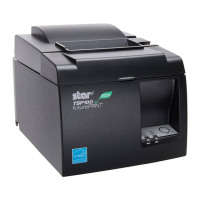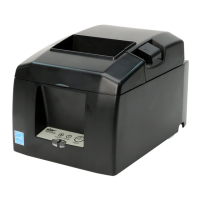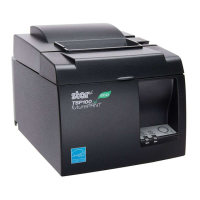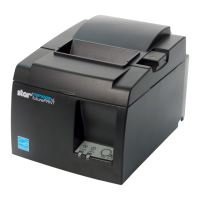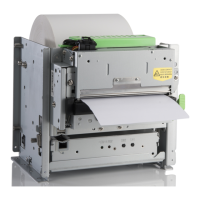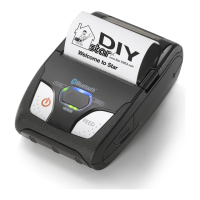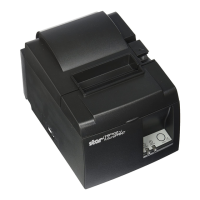I
1) Assigning a font ID to your font
ToassignanIDtoyourfont,yousendthiscommand(describedaboveunder
“Assigningfont ID numbem”)with an ID number for n betweenOand
32767:
<ESC>*C n D
Beforesendingthat commandthough,check whetherthe ID numberis
alreadyallocatedto anotherfont.If it is, thatexistingfontwillbe deleted
withthenextcommand.
2)
Downloading a header for your font
Evenif theprinterdoesn’thaveenoughmemoryto createyourfont,it will
deleteanyexistingfontwiththe sameIDnumberwhenyoudownloadthe
headerfor yourfont.
A font’sheaderisthelistof itsattributes,whichyourprinteruscstoselect
thatfont.Eachfontheader,26 byteslong,is sto~d atthe frontof thefont.
Yousend-afontheadercommandto yourprinterjust beforeyoudownload
the font’scharacters.
Theheadercommandlookslikethis:
<ESC>
)S n W
and must be followed immediatelyby the data describing the font’s
attributes.The n valueis the actualnumberof bytesof descriptiondata,
almostalways26.Note:unlikeotherLaserJetIIcommands,youmustenter
theASCIIsymbols2 and6 here,notthenumber26.
Here’satypical fontheadercommand:
<ESC>)S 26WO<SUB>OIOOO<RS>O<RS>O2OO1<FF>OdOWOOOOdWX>
Asidefromthe actualcommandat thefront,the restlookslikegobbledy-
gook?But there’s26 bytesthere,eachone an ASCIIcharacter,each one
specifyingaparticularfontattribute.(Theencloseditemswithbracketsare
singleASCIIcharactersthathappento becontrolcodes.)
Eachbytein theheaderis a number,whichyousendas whateversymbol
happensto be storedat thatnumericpositionin the ASCII table.Coding
someofthesenumbersistricky,however,andwerecommendyouaskyour
StarMicronicsdealertohelpyoubuildyourfontheader.Togetyoustarted,
thetablebelowshowswhateachof thosebytesmeans:
86
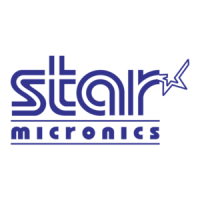
